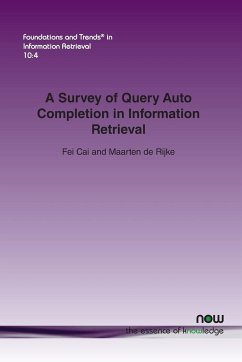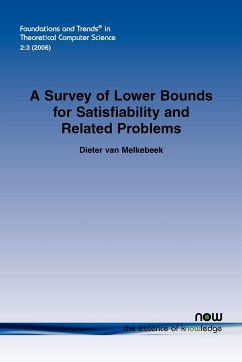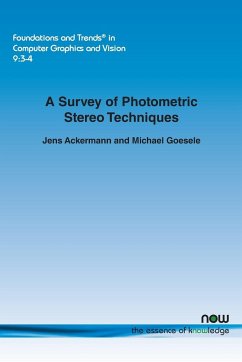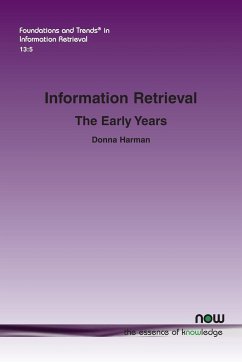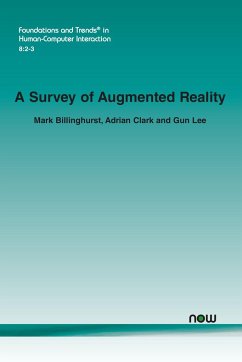In information retrieval, query auto completion (QAC), also known as type-ahead and auto-complete suggestion, refers to the following functionality: given a pre¿x consisting of a number of characters entered into a search box, the user interface proposes alternative ways of extending the pre¿x to a full query. QAC helps users to formulate their query when they have an intent in mind but not a clear way of expressing this in a query. It helps to avoid possible spelling mistakes, especially on devices with small screens. It saves keystrokes and cuts down the search duration of users which implies a lower load on the search engine, and results in savings in machine resources and maintenance. Because of the clear bene¿ts of QAC, a considerable number of algorithmic approaches to QAC have been proposed in the past few years. Query logs have proven to be a key asset underlying most of the recent research. This monograph surveys this research. It focuses on summarizing the literature on QAC and provides a general understanding of the wealth of QAC approaches that are currently available. A Survey of Query Auto Completion in Information Retrieval is an ideal reference on the topic. Its contributions can be summarized as follows: It provides researchers who are working on query auto completion or related problems in the ¿eld of information retrieval with a good overview and analysis of state-of-the-art QAC approaches. In particular, for researchers new to the ¿eld, the survey can serve as an introduction to the state-of-the-art. It also offers a comprehensive perspective on QAC approaches by presenting a taxonomy of existing solutions. In addition, it presents solutions for QAC under different conditions such as available high-resolution query logs, in-depth user interactions with QAC using eye-tracking, and elaborate user engagements in a QAC process. It also discusses practical issues related to QAC. Lastly, it presents a detailed discussion of core challenges and promising open directions in QAC.

